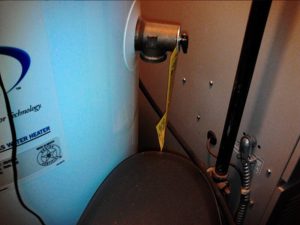
Every water heater gas or electric, tank type or demand all have one thing in common, a temperature pressure relief (TPR) safety valve to prevent the unit from possibly exploding or injuring a user.
As water is heated it expands in volume (size), normal hot water temperatures of 120 degrees do not expand the water enough to cause damage to the water heater, the attached water pipes or water users.
If the water heater thermostat malfunctions, causing the temperature of the water in the tank to rise and expand it must be manage.
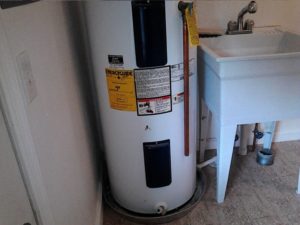
As the temperature gets into the 160/180 degree range which is hot enough to poach an egg or make coffee. This is dangerous for the plumbing and will result in almost instantaneous burns to skin, that will require surgery. The TPR valve in the photo on the side of the tank will at this temperature will start to address the issue, as the water temp reaches 220 degrees or the water expands to 150 pounds of pressure, the valve will release the pressure in the hot water system with a burst of what appears to be steam and water. This blast may be repeated numerous times before the problem is realized by the occupants of the house. It has the potential to injure anyone within range, having the pipe attached (second photo) directs the scalding water away from exposed faces.
The valve discharge must face down to the floor
The small lever on the valve must not be obstructed; it must be able to move Do not pull the lever on the valve to test it (just leave it alone).
The Temperature Valve Discharge Pipe

One in every four water heaters we inspect have an issue with the temperature pressure relief valve (TPR). The valve is usually located on the side, close to the top (some older units it’s on the top).
There must be a pipe attached to the TPR valve.
the pipe must be rated for the pressure and temperature (they are readily available in big box stores)
it must terminate within six inches of the floor (it does not have to go to a drain).
the discharge end of the pipe must be visible
the pipe must be rated for
the pipe should not vent into a crawl space,
may not angle or have an upwards slope,
may not be a smaller diameter than the orifice of the TPR valve,
may not be restricted by “shark bite” type fittings,
may not have more than three elbows, may not vent horizontally,
If you can feel some moisture at the open end of the pipe; the valve is probably leaking
Why not check yours today?
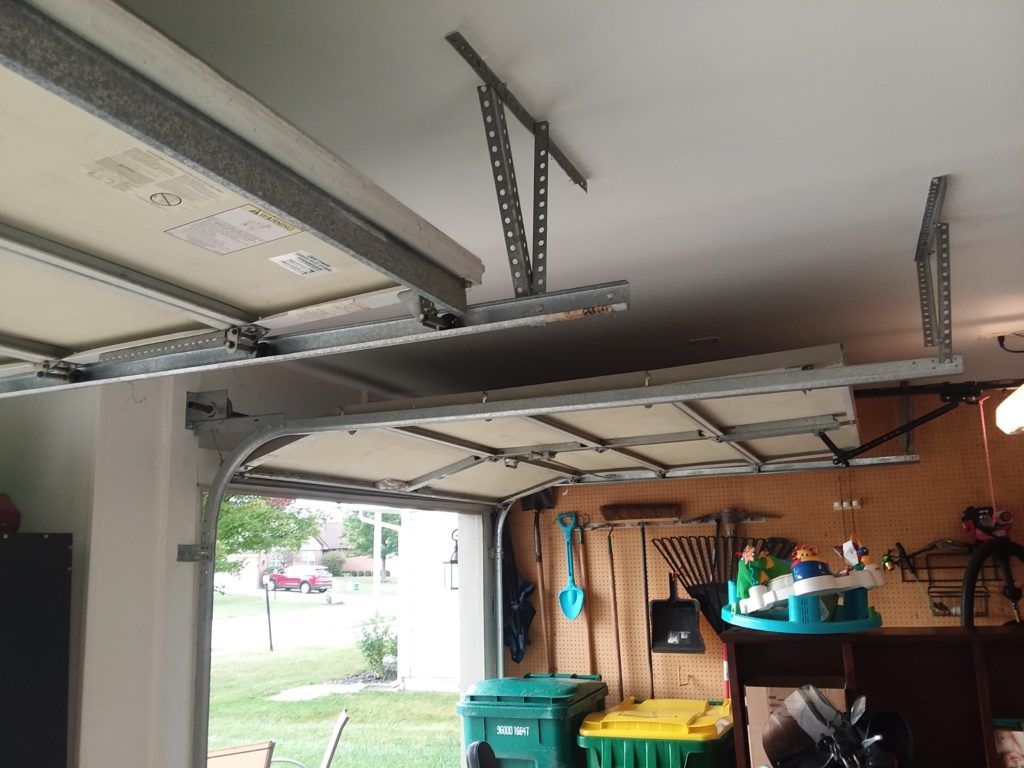
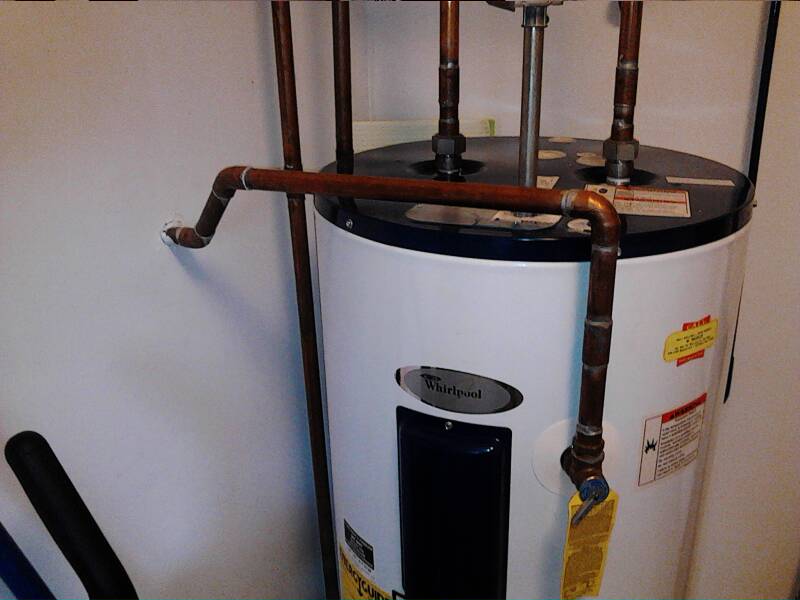
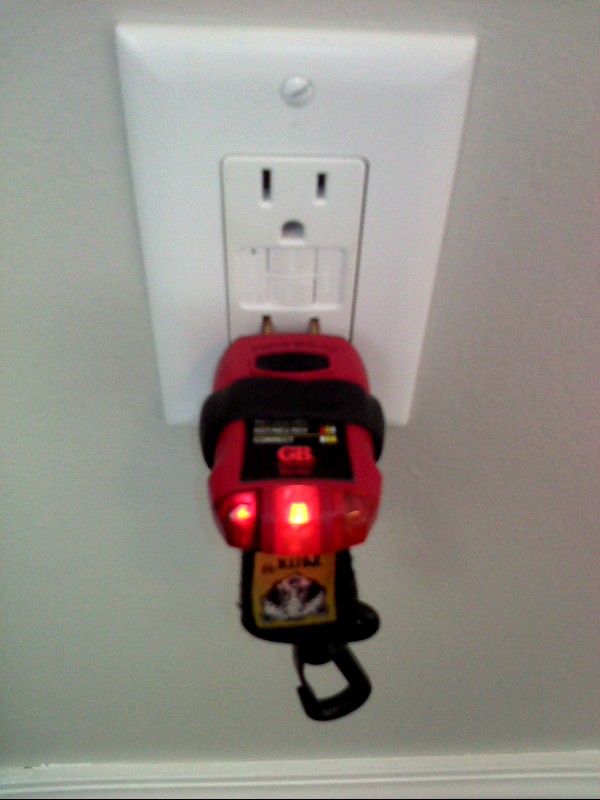
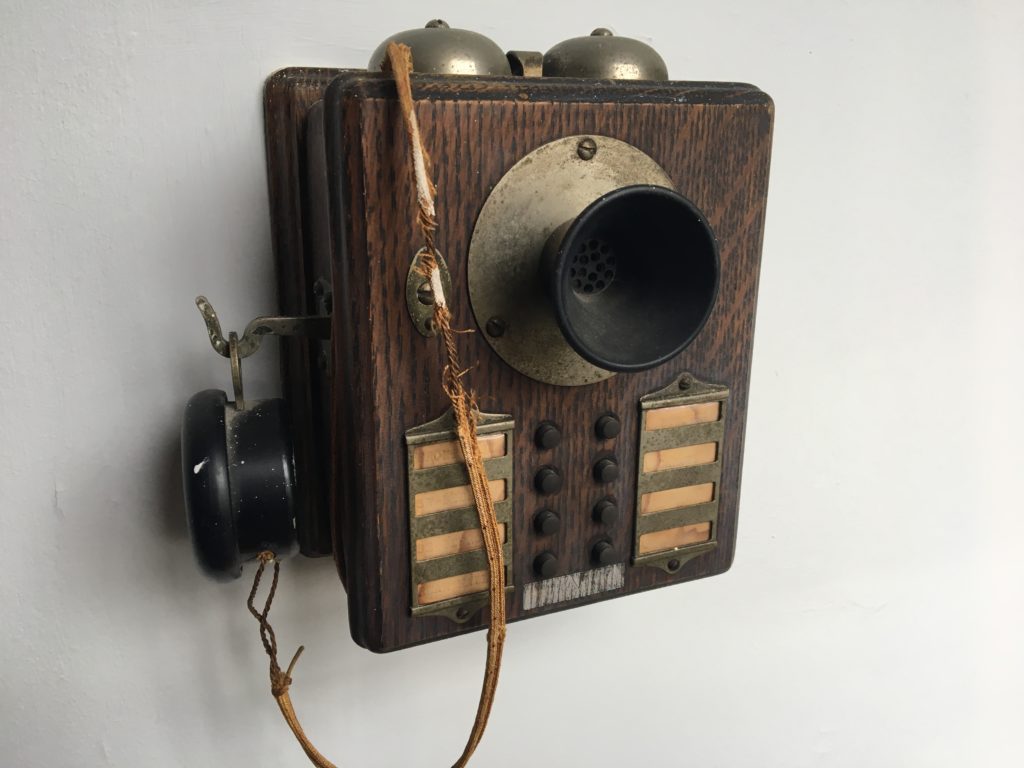




Leave a Reply